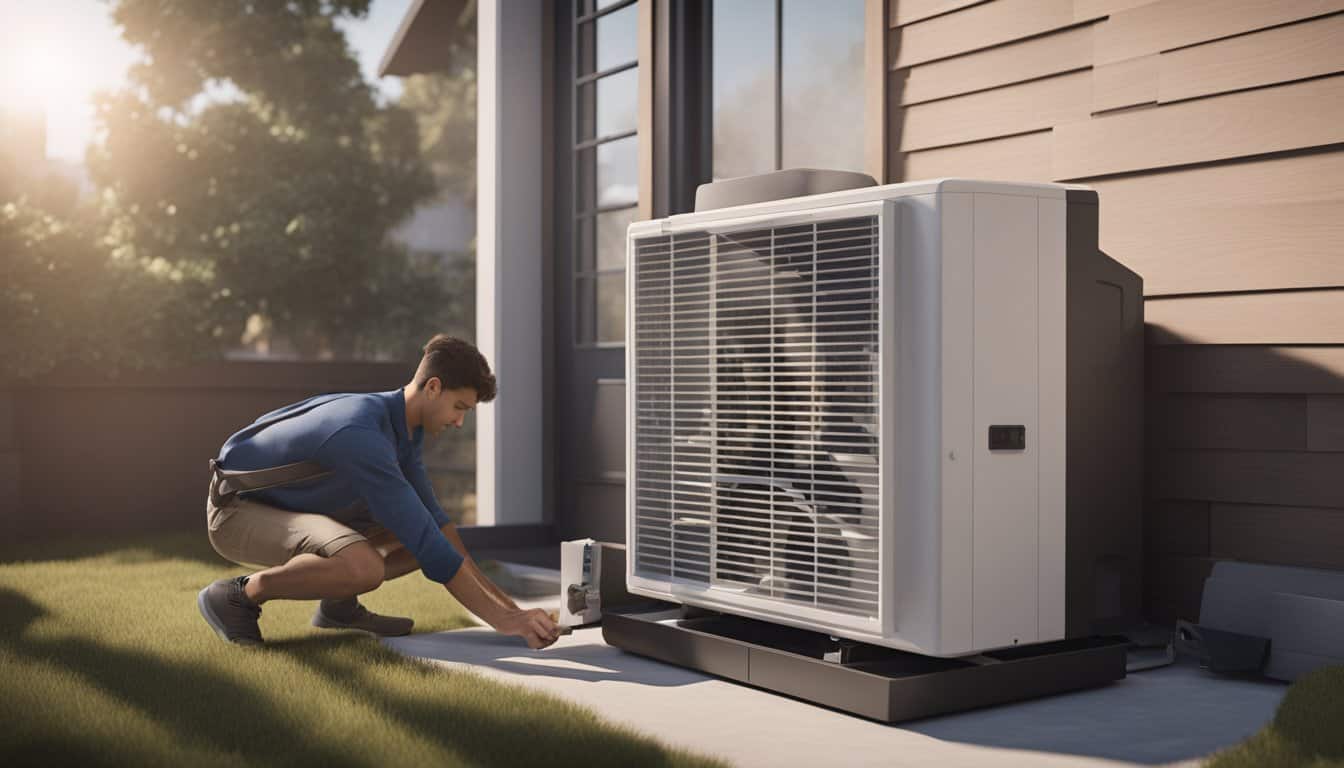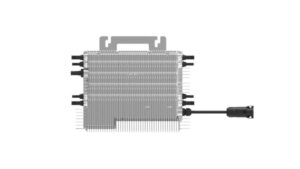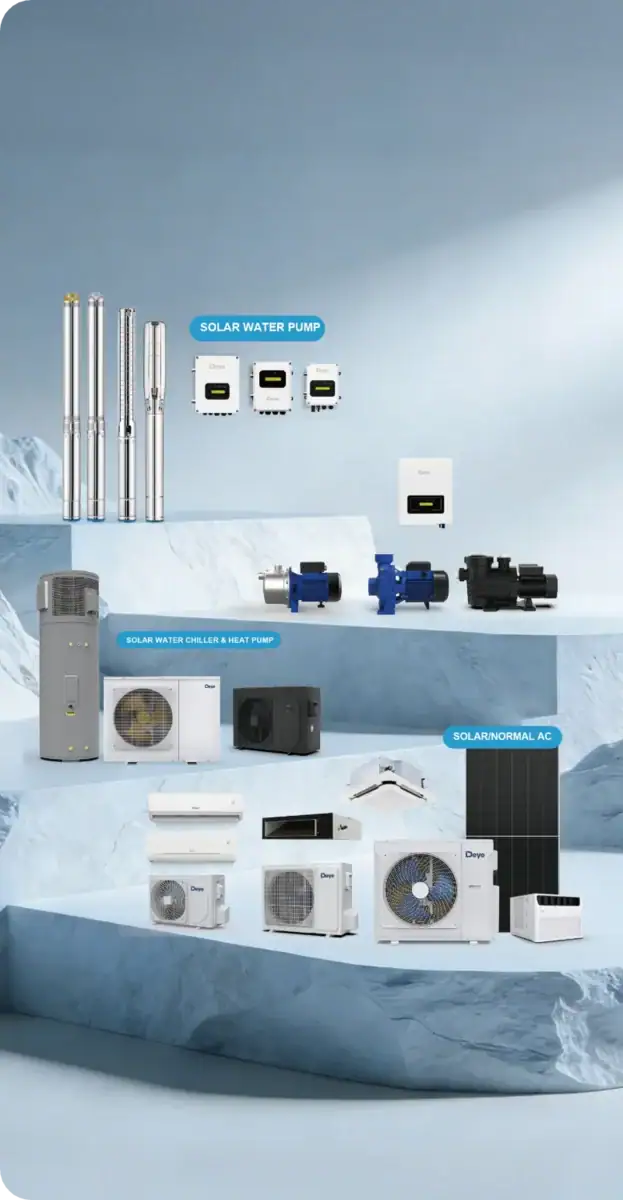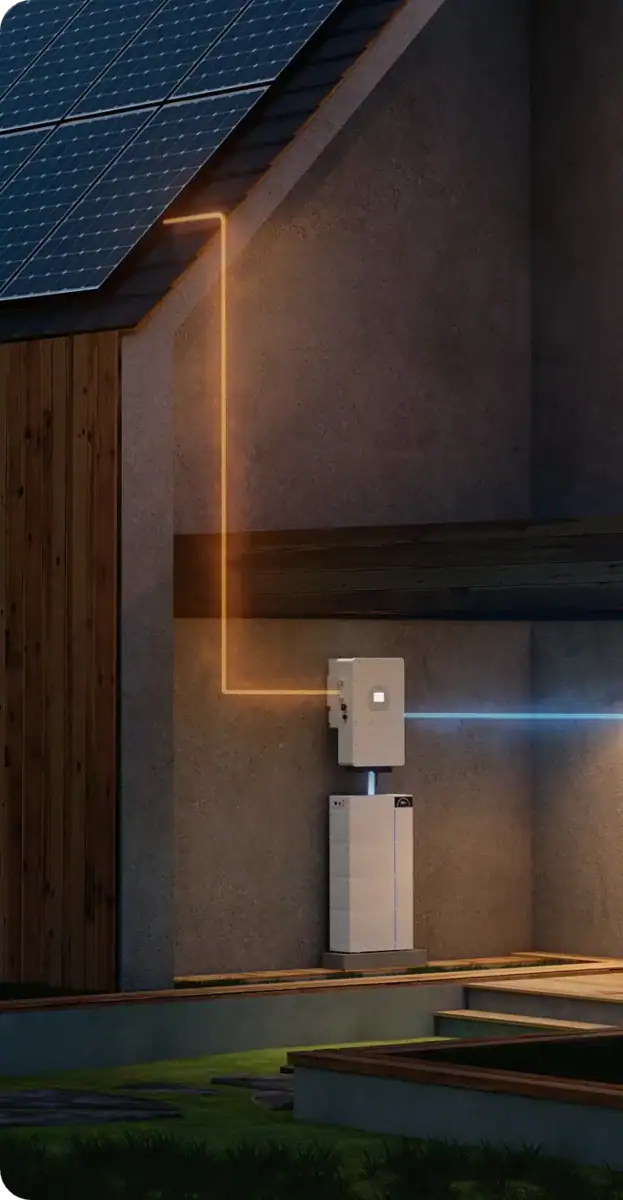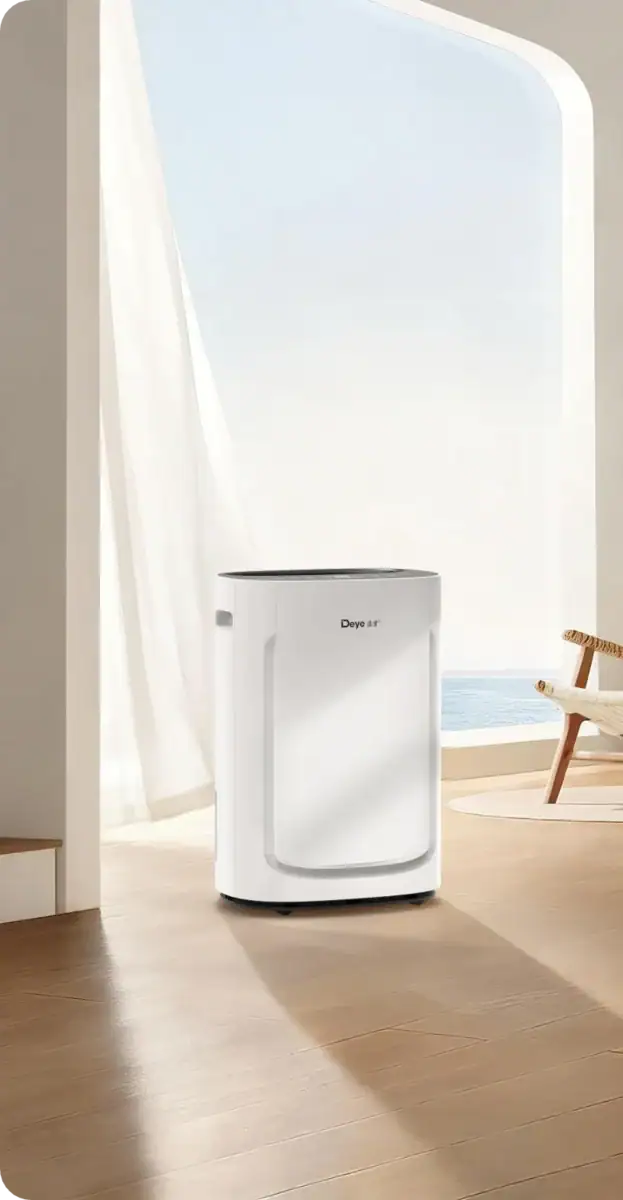Dehumidifiers are excellent at removing excess moisture and lowering the rate at which hazardous mold and mildew grow. However, the market offers different dehumidifiers with varying costs and capabilities. We’ll explain what a pint is, how to make comparisons, and the suggested room size to assist you in choosing the right size dehumidifier. There’s a dehumidifier for any situation, whether it’s a bedroom, basement, or crawl space.
Examine the Humidity Level in the Room
You can monitor room humidity with a variety of methods. The most frequent method is to use a portable moisture meter to check the room’s dampness level, which should be between 30 and 50%. You can also use your senses to determine whether there is a musty, unpleasant mold odor. Look for any obvious dampness on the ceiling or the walls. The more condensation you find, the greater the humidity level in the room will be.
You may need a larger dehumidifier to cover a big room, depending on how terrible the moisture level is. A 50-pint dehumidifier, for instance, can cover a 700 sq. ft. room with a humidity level of 50-60%, but you’ll need at least a 60-pint dehumidifier to cover a very moist space with 70-80% humidity.
What Size Dehumidifier do you Require?
It mainly depends on the size of your space and the surrounding environment. Every dehumidifier comes with a pint suggestion based on certified manufacturer data. Look for models with humidity conditions of 60%.
The role of the Association of Home Appliance Manufacturers (AHAM) is to help buyers find the proper model by establishing uniform testing criteria. The test is based on how much water a dehumidifier can remove from the air in 24 hours. The higher the pint number, the more air and consequently water the gadget can absorb. For example, a 50-pint humidifier can remove 50 pints of moisture daily. Dehumidifiers are classified into three categories:
A 30-pint dehumidifier is suitable for regions ranging from 500 to 1,500 square feet. If the space is exceptionally moist, the recommended size will be between 500 and 1,000 square feet. The size of a wet room will be reduced to 500 square feet.
A 40/50-pint dehumidifier is suitable for regions ranging from 2,000 to 2,500 square feet. If the space is particularly moist, the recommended size will be 1,500 and 2,000 square feet. The size of a wet room will be between 1,000 and 1,500 square feet. The size will be reduced to 1,000 square feet for an excessively wet and damp space.
The size of a wet room will be between 2,000 and 2,500 square feet. The area of a wet and damp room will be reduced to 1,500-2,500 square feet. We recommend a 60/70-Pint dehumidifier for areas up to 2,500 square feet.
Other Factors for Choosing the Right Size of a Dehumidifier for a Room
There are other important elements to consider in a dehumidifier besides the room size and dampness condition. If the climate is extremely humid, such as during the summer, add another 5-10 quarts to the required.
Add another 10 pints if the household has more than three people or if there is a washer or dryer nearby. The continuous pump functions are also essential to consider when sizing a dehumidifier. There’s no need to empty the bucket because the gathered water can be pumped straight to a floor drain.
Calculate the Size of the Room
First and foremost, you must calculate the room size to establish the size of dehumidifiers required. To calculate the square footage, use a measuring tape and multiply the room’s length and width. You only need a ballpark figure so you can round up the figures.
Excess Moisture should be Checked
A few indicators of high humidity in a home might help you figure out whether you need a dehumidifier. Examine the windows and doors for any signs of fogging or excessive condensation and any moisture buildup on the walls or ceilings.
Make Energy Efficiency a Top Priority
Dehumidifiers with the Energy Star label use roughly 15% less energy than standard models. Over the life of a dehumidifier, this translates to a savings of over $175 and the avoidance of roughly 2,800 pounds of greenhouse gas emissions.
Efficiency vs. Cost
Another thing to think about is the cost vs. efficiency trade-off. It’s pointless to buy a portable dehumidifier for each room when you can have a whole-house dehumidifier fitted instead. Leaving damp air in other rooms of the house is bad for your building materials and your health in those rooms.
Extra Features
Finally, considering buying a dehumidifier, consider its additional functions. If you can choose one with a feature that allows you to defrost the unit quickly and one with a control that allows you to set the temperature within a room.
The advantage of purchasing such units is that they not only remove moisture from a room effectively and fast, but they also help to keep operating expenses low. Dehumidifiers with a tar rating consume 15% less energy than those without.
Maintaining a Dehumidifier
Placement of the Dehumidifier
The air intake and exhaust should not be impeded if your dehumidifier is placed closer than 6 inches to any wall. Unless the dehumidifier is intended explicitly for lower temperatures, the room’s temperature or dehumidified area should be at least 65° to avoid freezing or burning up the motor.
Humidistat Adjustment
The humidistat is a device that regulates the humidity in a room. Humidity levels should be between 40 and 50 percent for maximum comfort and efficiency.
Keep the Compressor Safe
A dehumidifier’s compressor might overheat if turned off and on too quickly. Allow at least 10 minutes after the machine switches off for pressure to build up.
We have various dehumidifiers for wholesale. Please fill out the contact form to get started.

